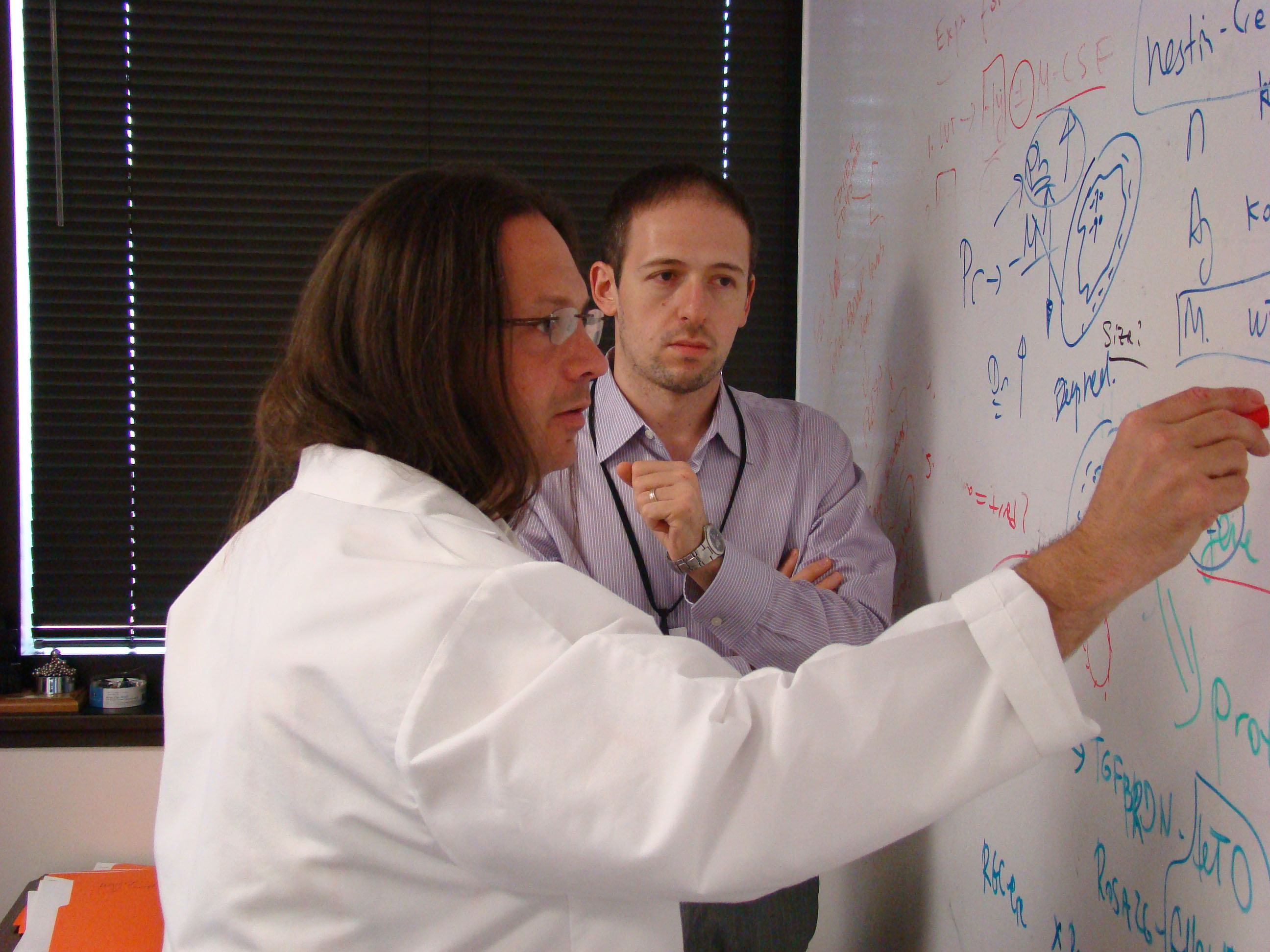March 29, 2012 — Researchers led by Jonathan Kipnis at the University of Virginia School of Medicine have, for the first time, used an immune therapy to halt the symptoms of Rett syndrome, an autism spectrum disorder, in test mice.
The pioneering research, conducted by Noël C. Derecki and colleagues in Kipnis' lab, suggests that bone marrow transplantation may offer a potential treatment for humans with Rett syndrome, which is typically deadly in boys and debilitating in girls.
The findings connect the immune system to Rett in a major – and previously unexpected – manner. The implications may reach even beyond Rett: "Everything we found in the mouse models for Rett may have implications for other neurological disorders which may or may not be on the autistic spectrum," Kipnis said.
"We are taking a very unconventional approach to a brain disease by targeting the immune system instead," Derecki said. "I joined the Kipnis lab precisely for this reason – conventional approaches to many diseases have simply failed. We try things all the time that other labs would reject out of hand as 'too radical' or 'crazy.' We enjoy pushing the envelope."
Rett syndrome is predominantly caused by the mutation of an X-chromosome gene named MECP2. It is fatal in human males, resulting in miscarriage, stillbirth or early death. In girls, who have one normal X and one mutant X, the symptoms include seizures, uncontrollable hand clasping, difficulty walking, speech issues and frequent apneas, when they stop breathing.
A mouse model for Rett syndrome duplicates many of the same symptoms. Mice clasp their legs, have involuntary tremors and have extreme difficulty walking. One of the cardinal symptoms is breathing difficulties. After the U.Va. research team replaced the bone marrow of male mice – with severe disease and a lifespan of only eight weeks – the mice grew stronger, gained weight and began to walk better. The animals' breathing improved dramatically. They also began living significantly longer, with the oldest now approaching a year of age. "The results were absolutely amazing," Kipnis said.
The U.Va. researchers believe replacing the immune system is fostering a healthier environment in the brain, improving neuron function. The study data suggest that the dramatic results are due to the repopulation of microglia, immune cells that clear debris in the brain.
Unlike other brain cells, such as neurons and astroglia, microglia can be replaced, Kipnis said. "Those are immune-derived cells," he said. "So by fixing bone marrow, you could fix the brain."
To test this hypothesis, they repeated the bone-marrow experiment, only shielding the mice's brains from radiation. This prevented the immune system from entering the brain itself. Only the body was repopulated with immune cells. Those mice showed only slight improvement in Rett symptoms.
The study's findings have been published online by Nature in a letter authored by Derecki, James C. Cronk, Zhenjie Lu, Eric Xu, Stephen B.G. Abbott, Patrice G. Guyenet and Kipnis.
The U.Va. research, funded primarily by the Rett Syndrome Research Trust, builds on the work of Gail Mandel of Oregon Health and Science University, who showed that astroglia (another type of glial cell) were involved in Rett syndrome; Adrian Bird of the University of Edinburgh, who demonstrated that Rett symptoms could be reversed in genetically modified adult mice; and Huda Y. Zoghbi of Baylor College of Medicine, who identified the gene responsible for Rett syndrome.
Media Contact
Article Information
March 29, 2012
/content/uva-researchers-arrest-autism-spectrum-disorder-mice

